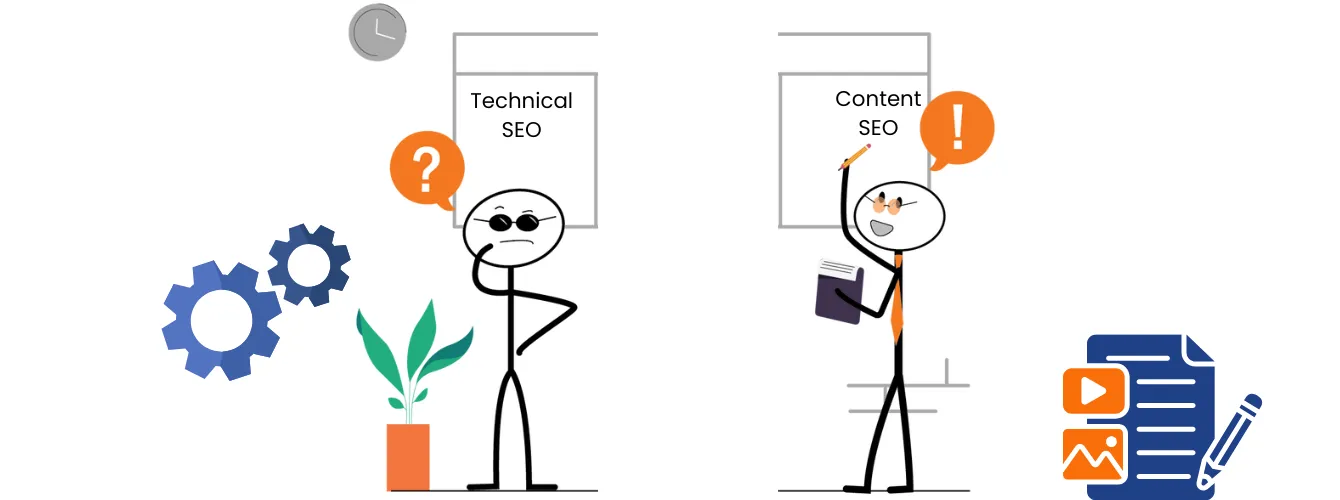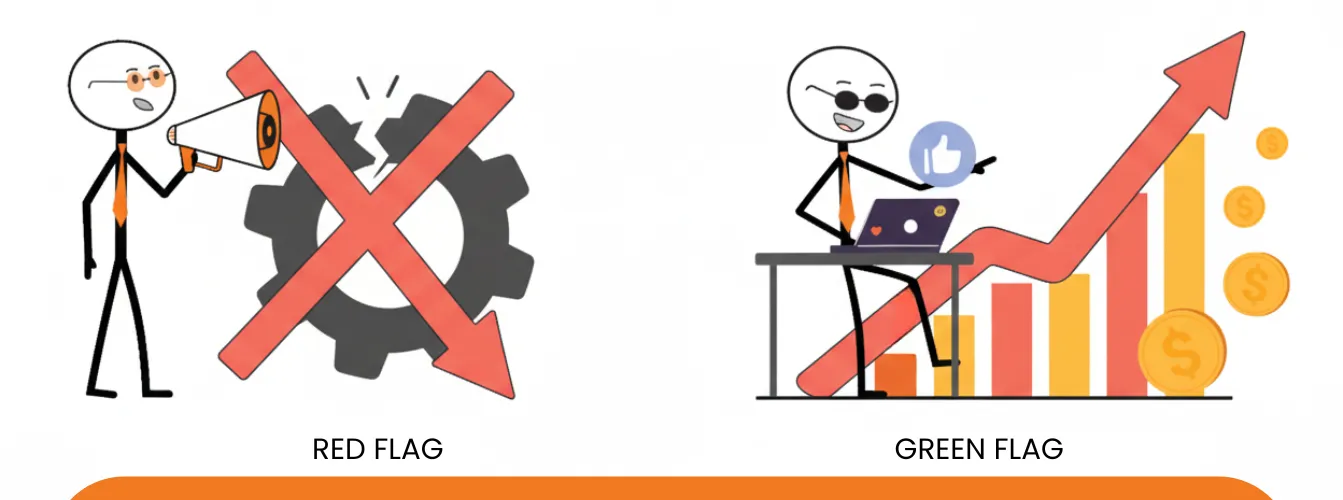Conversion rates are a crucial metric for online businesses, reflecting the percentage of website visitors who complete a desired action, such as making a purchase or signing up for a newsletter. A high conversion rate indicates a well-optimized website that effectively converts traffic into customers. This blog post will explore common reasons for poor conversion rates and provide actionable strategies to improve them.
Understanding Conversion Rates
Before diving into improvement strategies, it’s essential to grasp the concept of conversion rates. A conversion rate is calculated by dividing the number of conversions by the total number of website visitors. For instance, if 100 people visit your website and 10 make a purchase, your conversion rate is 10%.
Why are conversion rates so important? High conversion rates are essential because they directly impact your bottom line. Improving your conversion rate means getting more value out of your existing traffic without spending more on acquiring new visitors. This efficiency can lead to increased revenue and a higher return on investment (ROI).
Common Reasons for Poor Conversion Rates
Poor User Experience
A website with a poor user experience can frustrate visitors and drive them away. Key issues include:
- Slow loading times: Optimize images, minimize code, and leverage browser caching to improve speed. Use tools like Google PageSpeed Insights to identify and fix issues slowing down your site.
- Confusing navigation: Create a clear and intuitive site structure with easy-to-find menus. Ensure your site’s structure is intuitive and easy to explore.
- Lack of mobile optimization: Ensure your website is responsive and provides a seamless experience on all devices. Use responsive design techniques to make your site look and function well on all devices.
Unattractive Website Design
A visually unappealing website can turn visitors off. Invest in a professional design that reflects your brand identity and resonates with your target audience.
- Outdated design: Update your website with modern design elements. Adopt modern design trends and use clean, professional layouts with high-quality images.
- Low-quality images: Use high-resolution images that enhance your product presentation.
- Inconsistent branding: Maintain a cohesive look and feel throughout your website. Incorporate attractive, consistent design elements that reflect your brand’s identity.
Lack of Trust and Credibility
Building trust is essential for conversions. Displaying trust signals like security badges, customer reviews, and clear return policies can go a long way.
- Security badges: Showcase trust seals from reputable security providers to reassure customers about data protection. Display SSL certificates, secure payment icons, and other trust signals prominently.
- Customer reviews and testimonials: Feature positive feedback from satisfied customers to build social proof. Highlight positive reviews and feedback from satisfied customers.
- Clear return and refund policies: Demonstrate your commitment to customer satisfaction by outlining your return process. Clearly display your return policies and contact information.
- Guarantees and warranties: Offer additional assurances to build confidence in your products or services.
Complicated Checkout Process
A lengthy or complicated checkout process can deter even the most interested customers. Streamline the process to reduce friction and increase conversions.
- Minimize form fields: Only collect essential information.
- Offer guest checkout: Allow customers to purchase without creating an account.
- Display clear progress indicators: Let customers know how far along they are in the checkout process. Ensure smooth navigation by making it easy for users to edit their carts and navigate through the checkout process.
- Offer multiple payment options: Accommodate different customer preferences. Reduce the number of steps and required fields in the checkout process.
Insufficient Product Information
Detailed and accurate product information is crucial for decision-making. Provide comprehensive descriptions, high-quality images, and relevant details.
- Clear and concise product descriptions: Highlight key features and benefits.
- High-quality images: Use professional product photography to showcase your offerings. Show your products from multiple angles and in use to give customers a better understanding of what they are buying.
- Customer reviews and ratings: Encourage customers to share their experiences.
- Product videos: Offer a dynamic way to showcase product features.
- Product comparisons: Help customers make informed decisions by comparing similar products.
Weak Call-to-Action (CTA)
A compelling call-to-action (CTA) is essential for driving conversions. A vague or uninspiring CTA can fail to motivate visitors to take the desired action.
- Clear and concise CTAs: Use action-oriented language (e.g., “Buy Now,” “Sign Up,” “Learn More”).
- Strong visual hierarchy: Make your CTA stand out with contrasting colors and prominent placement.
- Create a sense of urgency: Use limited-time offers or scarcity tactics to encourage immediate action.
- Test different CTAs: Experiment with different CTAs to see what resonates best with your audience. Make your CTAs clear, compelling, and action-oriented.
Inadequate Targeting and Personalization
Generic content and offers may not resonate with your target audience. Personalization can significantly improve conversion rates.
- Identify customer segments: Divide your audience into groups based on demographics, interests, or behavior.
- Tailored content: Create content and offers that align with specific customer segments.
- Personalized recommendations: Suggest products or services based on user preferences and purchase history.
- Dynamic pricing: Offer personalized pricing based on customer behavior and value perception. Use data to suggest products based on users’ browsing history and preferences.
How to Improve Your Conversion Rates
Enhance User Experience
A positive user experience is crucial for conversions. Focus on these areas:
- Optimize website speed: Improve loading times through image compression, minification, and server optimization.
- Simplify navigation: Create a clear and intuitive site structure with well-organized menus.
- Ensure mobile responsiveness: Optimize your website for different screen sizes to provide a seamless experience.
- Reduce distractions: Minimize clutter and irrelevant elements on your pages.
Revamp Website Design
An outdated or visually unappealing website can deter visitors. Invest in a modern and professional design.
- Choose a visually appealing color palette: Create a harmonious and engaging atmosphere.
- Use high-quality images: Showcase your products or services with visually stunning images.
- Maintain a consistent design style: Create a cohesive brand identity throughout your website.
- Prioritize white space: Improve readability and focus attention on important elements.
Build Trust and Credibility
Gaining customer trust is essential for conversions. Implement these strategies:
- Display trust badges: Showcase security certifications and payment gateways.
- Leverage customer reviews: Share positive feedback from satisfied customers.
- Offer clear return and refund policies: Demonstrate your commitment to customer satisfaction.
- Build authority: Share expert content and industry knowledge.
Simplify the Checkout Process
A lengthy or complicated checkout process can deter even the most interested customers. Streamline the process to reduce friction and increase conversions.
- Minimize form fields: Only collect essential information.
- Offer guest checkout: Allow customers to purchase without creating an account.
- Display clear progress indicators: Let customers know how far along they are in the checkout process.
- Offer multiple payment options: Accommodate different customer preferences.
- Provide order summaries: Clearly display order details before checkout completion.
Provide Comprehensive Product Information
Detailed and accurate product information is crucial for decision-making. Provide comprehensive descriptions, high-quality images, and relevant details.
- Clear and concise product descriptions: Highlight key features and benefits.
- High-quality images: Use professional product photography to showcase your offerings.
- Customer reviews and ratings: Encourage customers to share their experiences.
- Product videos: Offer a dynamic way to showcase product features.
- Product comparisons: Help customers make informed decisions by comparing similar products.
Strengthen Call-to-Actions (CTAs)
A compelling call-to-action (CTA) is essential for driving conversions. A vague or uninspiring CTA can fail to motivate visitors to take the desired action.
- Clear and concise CTAs: Use action-oriented language (e.g., “Buy Now,” “Sign Up,” “Learn More”).
- Strong visual hierarchy: Make your CTA stand out with contrasting colors and prominent placement.
- Create a sense of urgency: Use limited-time offers or scarcity tactics to encourage immediate action.
- Test different CTAs: Experiment with different CTAs to see what resonates best with your audience.
Leverage the Power of Email Marketing
Email marketing can be a powerful tool for nurturing leads and driving conversions.
- Build an email list: Collect visitor email addresses through signup forms and pop-ups.
- Segment your email list: Create targeted email campaigns based on customer preferences and behavior.
- Offer exclusive deals and promotions: Incentivize email subscribers with exclusive offers.
- Automate email workflows: Set up automated email sequences for different customer segments.
Leverage the Power of Data: Making Informed Decisions
Data-driven insights are essential for optimizing your website.
- Track key metrics: Monitor conversion rates, bounce rates, and other relevant data.
- Utilize analytics tools: Use tools like Google Analytics to gain valuable insights into user behavior.
- A/B testing: Experiment with different website elements to determine what works best.
- Heatmaps: Visualize user behavior to identify areas for improvement.
- Customer feedback: Gather insights through surveys and feedback forms.
The Importance of A/B Testing
A/B testing allows you to experiment with different website variations to identify the most effective elements.
- Test headlines, CTAs, and images: Determine which elements drive the highest conversion rates.
- Analyze results: Use data to make informed decisions about website improvements.
- Set clear goals: Define what you want to achieve with your A/B tests.
Conclusion: Turning Visitors into Valued Customers
Summarizing the key points discussed, a successful conversion strategy involves understanding your audience, creating a seamless user experience, building trust, and leveraging data. By implementing these strategies, you can significantly boost your conversion rates and transform website visitors into loyal customers. Remember, conversion optimization is an ongoing process. Continuously analyze your data, experiment with different approaches, and adapt your strategy based on performance.







